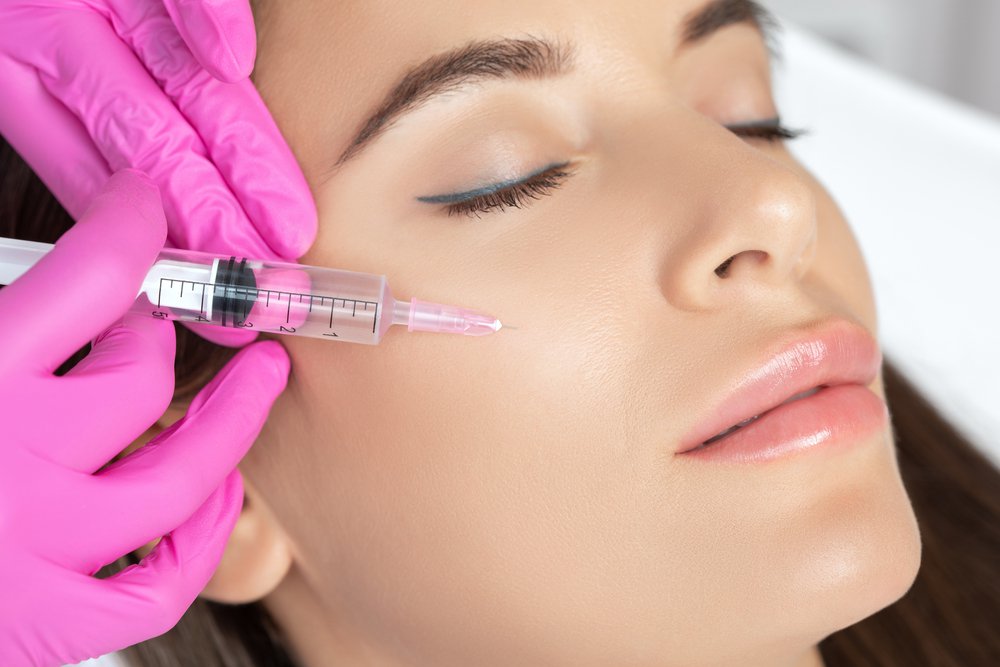 Chemical peels are a noninvasive, safe, and effective way to achieve beautiful and healthier-looking skin. Whether you are looking to reduce wrinkles, improve dull skin tone or revitalize the texture of your skin, chemical peels can address these cosmetic concerns. With knowledge about its risks and rewards, you can make an informed decision about incorporating chemical peels into your skincare routine and aesthetic treatments.
Chemical peels are a noninvasive, safe, and effective way to achieve beautiful and healthier-looking skin. Whether you are looking to reduce wrinkles, improve dull skin tone or revitalize the texture of your skin, chemical peels can address these cosmetic concerns. With knowledge about its risks and rewards, you can make an informed decision about incorporating chemical peels into your skincare routine and aesthetic treatments.
Here is everything you need to know about a chemical peel.
What Is A Chemical Peel?
A chemical peel is a skin treatment that involves applying a special solution to the face in order to exfoliate, revitalize and rejuvenate the complexion. The solution typically consists of an acid or base, such as glycolic or lactic acid, trichloroacetic acid, or salicylic acid. As it is applied to the skin, the solution works by loosening old and dead skin cells so they can be removed without disrupting the deeper layers of the skin.
This process encourages new cell growth and improved blood circulation, resulting in refreshed and smoother-looking skin with fewer wrinkles, age spots, and acne scars. Depending on desired results, chemical peels can be light (superficial), medium (medium depth), or deep (deep depth). Light peels are suitable for those looking for superficial improvements of mild blemishes, while more dramatic results require a deeper peel.
What Is The Process?
During the procedure, the patient’s skin is cleansed with an antiseptic solution to remove any dirt and oils that may interfere with the chemical peel process. Next, the chemical solution will be applied to the face in layers. The number of layers and strength of each layer will depend on what type of chemical peel you are getting and what your desired outcome is. After the solution has been adequately applied, it must remain on the skin for a specific amount of time before being neutralized with water or another agent.
Depending on how deep your peel needs to go, this could take anywhere from one to five minutes. Then, once suitably neutralized, a soothing mask is usually applied to help soothe inflammation and overworked skin cells. Over the course of several days post-procedure, patients may experience some redness or flaking as their skin adjusts to its new state.
How Do I Know What Level To Choose?
Choosing the right level of chemical peel for your skin can be a complex process. It is important to consider the strength and depth of the solution being used, as well as the sensitivity of your skin type. Your doctor or aesthetician will evaluate your individual needs and discuss with you the benefits and risks associated with different levels of peels.
Generally speaking, lighter peels are best for those with sensitive or dry skin, or those who are new to chemical peeling treatments. Lighter peels have shorter recovery times, but also yield more subtle results than deeper peels. Deeper or medium-depth chemical peels penetrate farther into the skin and provide more dramatic results, but require longer recovery times and may produce more redness and flaking in certain individuals. The deepest chemical peels penetrate into the dermis - the thick middle layer of skin - and are generally reserved for especially severe signs of aging or acne scarring.
What Are The Benefits of Chemical Peels?
Chemical peels are a great way to improve the appearance of your skin. The benefits of a chemical peel can include evening out skin tone and texture, reducing wrinkles and fine lines, lightening areas with excess pigmentation, controlling acne breakouts, minimizing pore size, boosting collagen production, and improving overall skin health. Chemical peels can also be effective in treating sun damage, treating precancerous lesions, or smoothing acne scars. While results vary from patient to patient based on individual skin type and goals, most individuals experience some level of improvement after a chemical peel treatment. Additionally, chemical peels are often safer than other invasive procedures like surgery or laser treatments since they give more control to the doctor when managing the depth of the peel for each patient’s unique needs.
What To Do After The Chemical Peel
After a chemical peel, it is important to take proper care of your skin in order to ensure that you obtain the best results. It can be helpful to avoid overexposure to direct sunlight as much as possible for at least one month after the treatment. Make sure to always wear sunscreen with SPF 30 or higher. It is also advised to avoid hot showers or baths, saunas, and steam rooms for a week after the peel. To help reduce inflammation, you should use cool compresses and moisturizers whenever necessary during the healing process. Avoid picking at any dry patches that may form on the skin’s surface and refrain from using peeling agents or scrubs while your skin is still healing.
Always consult with your doctor before beginning any kind of skincare routine following a chemical peel in order to ensure that you are taking full advantage of its benefits.
If you are interested in a chemical peel or learning more about non-invasive aesthetic treatments, visit our aesthetic and wellness team at The Colorado Center for Health and Longevity or book a free consultation directly from our website today!

